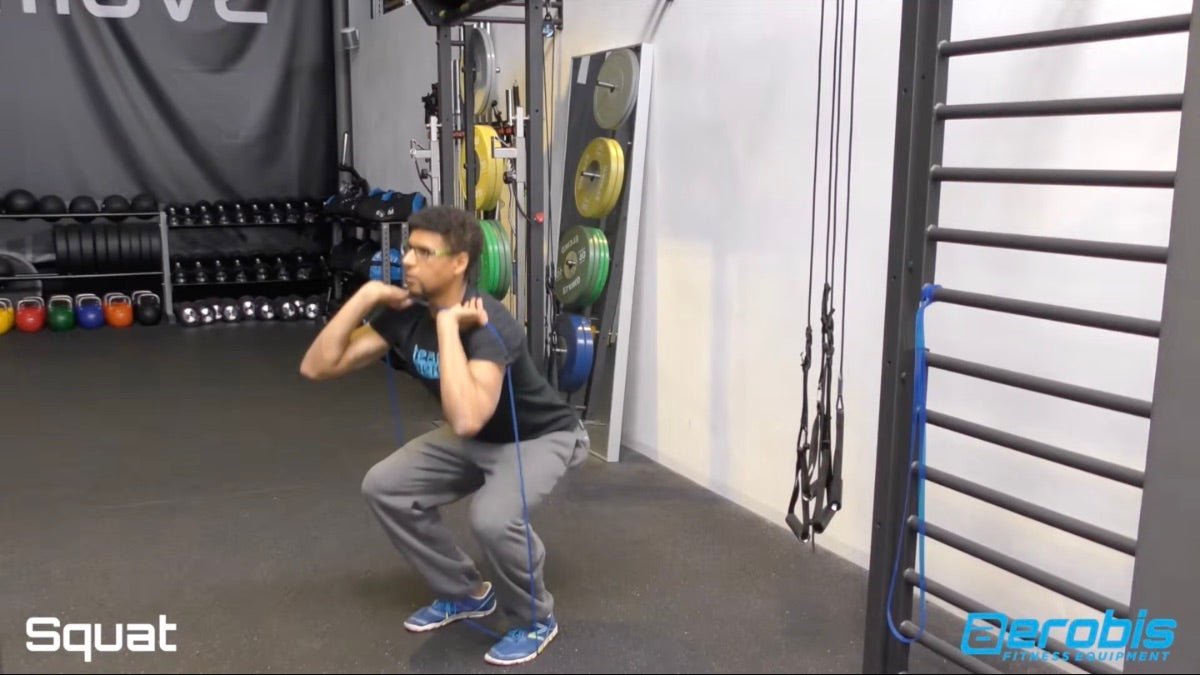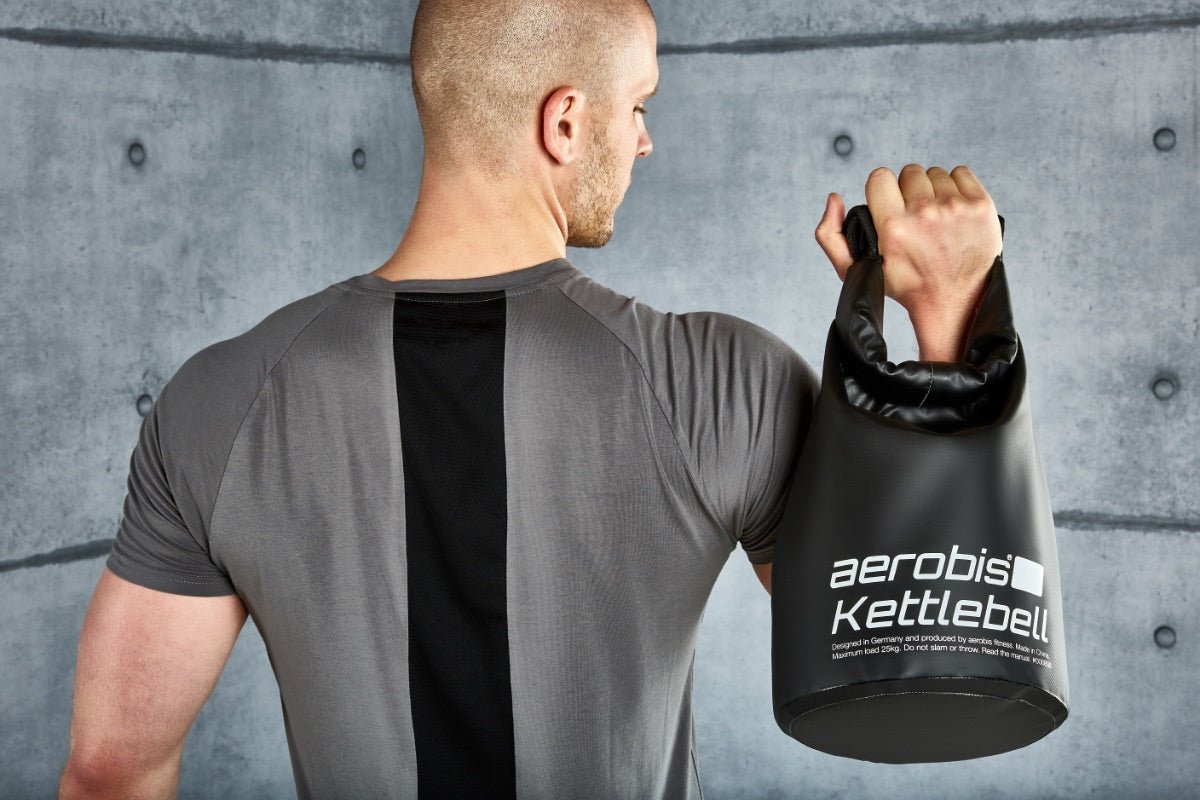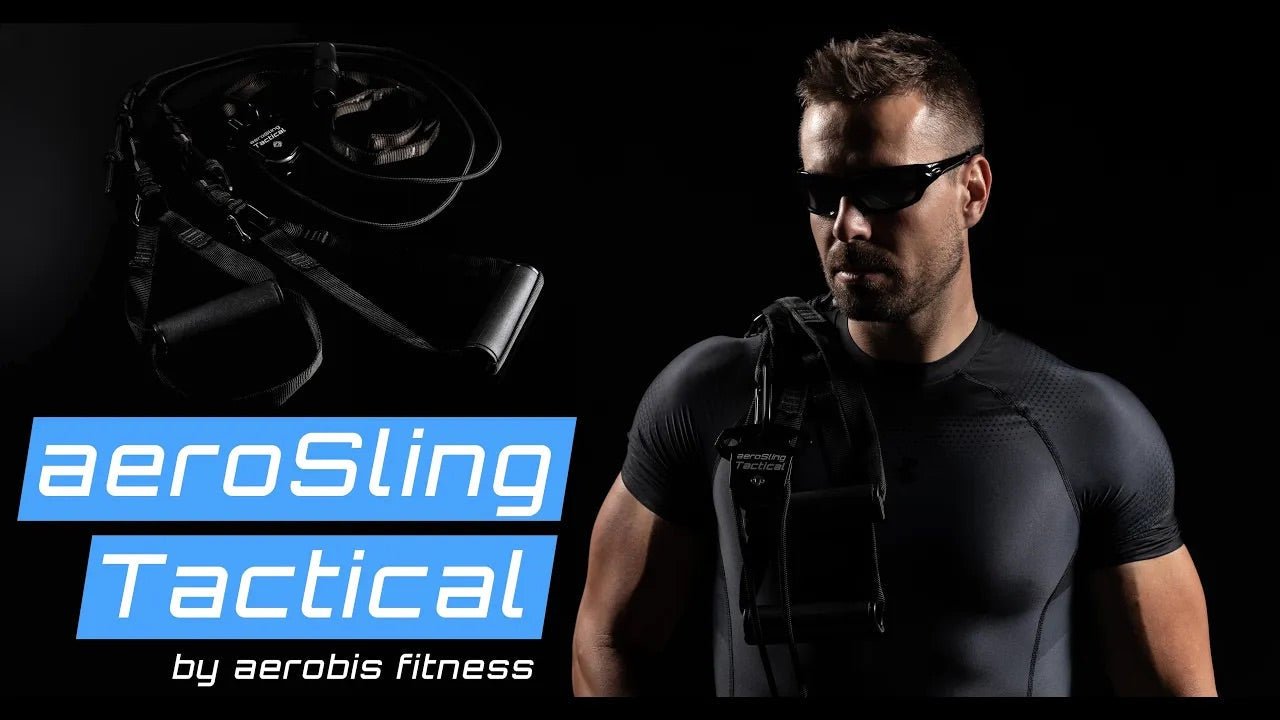Generally, squats are one of the basic exercises in the field of weight training. Thus, one training session can effectively target both legs, glutes, back and abdominals.
But not only that: the exercise is also recommended for use in everyday exercise. The muscles used are those that often atrophy, especially in office jobs. Squats promote an upright posture, a secure footing and strong legs. The latter is especially pleasant when climbing stairs.
Last but not least, they help to practice lifting a weight upward using the legs. And anyone who remembers the recommendations from their physiotherapist knows that this makes squats perfect for anyone who wants to prevent future back problems.
However, squats look easier than they are. After all, the correct execution of the squats is crucial to address the targeted muscles.
Squats are perfect for effective muscle building
When doing squats, which are also commonly referred to as squats, you primarily train the lower body. This means mainly the legs, but also the glutes, the lower back and the straight abdominal muscles. For this reason, squats are considered full-body exercises. With a single squat you can train more than 400 muscles. A good workout for a training session, which is why it can be found in every fitness app.
Tip: If you are just starting out with strength training, you should do squats without any additional weights at first. This allows the squats to be perfected in advance. At the same time, it avoids the risk of unwanted injuries.
What exactly are squats?
Squats are an exercise routine that strengthens the muscles in the thighs, back and core. Although the squats at first glance seem very simple to perform, especially beginners often make preventable mistakes. Therefore, the correct execution must be followed in any case to avoid damage to the back or knees.
The benefits of squats at a glance
Although squats may seem simple at first, they offer many benefits. First of all, they increase fat burning. This passage can be intensified especially if an additional weight vest or a kettlebell are used. Deep squats are also great for improving flexibility. In addition to the knees, the hips and ankles benefit the most from the exercise.
Squat: How to learn the correct technique
For the correct execution you stand shoulder-width in stance, the view is directed straight ahead. Now push your hips backward. It is important that the weight is directed downward in a controlled manner and the upper body remains in an upright position.
During the downward movement, stresses on the spine are to be avoided now. The back remains straight. The lowest exercise point is reached when the knees are below hip level. Now an upward movement follows, the power coming from the thighs. The squat is finished when the starting position is reached. Now pull the belly button towards the spine and tilt the pelvis slightly forward.
Note on breathing: Inhale slowly on the downward movement and exhale gently on the upward movement.
This is what characterizes a technically perfect squat
In addition to improper foot placement, improperly positioned depth or incorrect back position can also make squats difficult. So if you want to perform technically perfect squats, you should pay attention to:
- Good back posture: the back should always be kept straight. This also applies when using a kettlebell. If you pay attention to this, you will not harm your back.
- Correct execution: the knees should never go over the tops of the feet. Otherwise, the knee ligaments could suffer.
- Note depth: The thighs are best kept parallel to the floor. So the knee load can be skillfully minimized.
If the squat does not quite work out as it should
If the squat can not be performed correctly, a movement restriction could be responsible. This often originates from the hip, calf muscles or achilles tendons To do this, the exercise should be accompanied by a deep knee bend. Here, a hollow back is advisable. The elbows are to be pressed against the knees from the inside, which are above the tips of the toes. This stretch is to be done for about a month. After that, the squats can be performed more easily. The whole thing, of course, without weight; it depends on the stretch.
Do you want a higher degree of difficulty? Add an unstable base!
For those who want to intensify their workout, use an additional sandbag or an powerbands. With these gadgets, you can not only improve the training session, but vary it. However, it is always important to do the squats correctly. Alternatively, the Single Leg Deadlifts are also a good alternative.
For those who still find that too easy, an unstable base increases the difficulty – as does the single-leg squat with the help of the Suspension Trainer In the lunge, the back leg can also be placed on an elevated pad. This makes exercising a whole new challenge!
Of course, there are many other variations of this exercise!
There are many more squat variations. For example, squats can be performed not only with weights, with a partner or on an unstable surface. There are also many variations in the execution: ever heard of the Hackenschmidt Squat or the Goblet Squat? The possibilities are almost limitless, as long as the squats are executed correctly.



Leave a comment
All comments are moderated before being published.
This site is protected by hCaptcha and the hCaptcha Privacy Policy and Terms of Service apply.